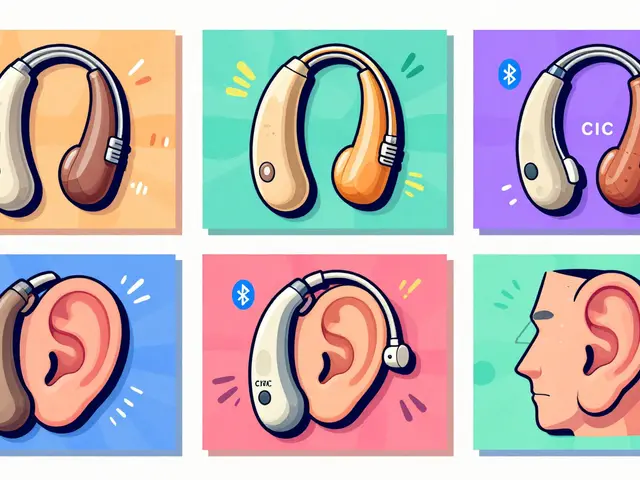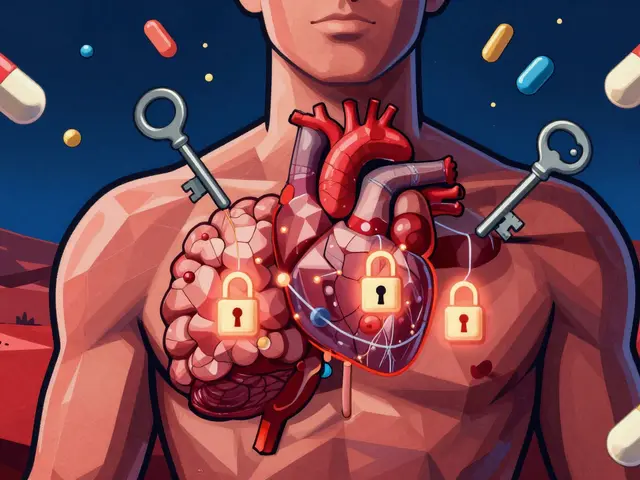Cholesterol Basics, Treatments & Lifestyle Tips
Got a recent lab report showing high LDL? You’re not alone. Cholesterol is a waxy substance that your body needs, but too much can clog arteries and raise the risk of heart attacks or strokes. Understanding what pushes those numbers up—and how to bring them down—doesn’t have to be confusing.
First off, cholesterol comes in two main flavors: "bad" LDL (low‑density lipoprotein) that builds up on artery walls, and "good" HDL (high‑density lipoprotein) that helps sweep the excess away. Most doctors focus on lowering LDL while keeping HDL steady. Your total cholesterol number is just a snapshot; it’s the ratio that really matters.
Common Cholesterol Medications
If diet and exercise aren’t enough, medication steps in. The most widely prescribed drug is Lipitor (atorvastatin), a statin that blocks the liver from making cholesterol. It’s proven to cut heart‑attack risk by up to 30% when taken correctly. Side effects can include muscle aches or mild stomach upset, but serious problems are rare.
Other options include:
- Simvastatin – similar to Lipitor but may need a lower dose for some people.
- Ezetimibe – blocks cholesterol absorption from food; often paired with a statin.
- PCSK9 inhibitors – injectable drugs like Repatha that dramatically drop LDL, usually reserved for high‑risk patients.
Talk to your doctor about which drug fits your health profile. They’ll look at age, existing conditions, and any other meds you take before picking a prescription.
Food and Lifestyle Hacks That Actually Work
Medications help, but lifestyle changes give you extra mileage. Here are simple moves that show real results:
- Swap saturated fats for unsaturated fats. Use olive oil instead of butter, snack on nuts rather than chips.
- Add soluble fiber. Oats, beans, apples, and barley can bind cholesterol in the gut and pull it out of your system.
- Eat more plant sterols. Fortified spreads and certain yogurts contain compounds that block cholesterol absorption.
- Move daily. Even a brisk 30‑minute walk lowers LDL and raises HDL over time.
- Cut added sugars. Sugary drinks spike triglycerides, which can raise overall lipid risk.
These tweaks are easy to stick with—no need for a complete kitchen overhaul. Start with one change, like swapping your morning coffee cream for a splash of almond milk, and build from there.
Regular check‑ups matter too. A simple blood test every 4–6 months lets you see if your plan is working or if adjustments are needed. Keep a log of meds, diet, and exercise so you can discuss trends with your doctor.
Bottom line: controlling cholesterol is a mix of smart medicine choices, everyday food swaps, and consistent activity. By staying informed and taking small steps, you can keep your arteries clear and lower the risk of serious heart problems.






